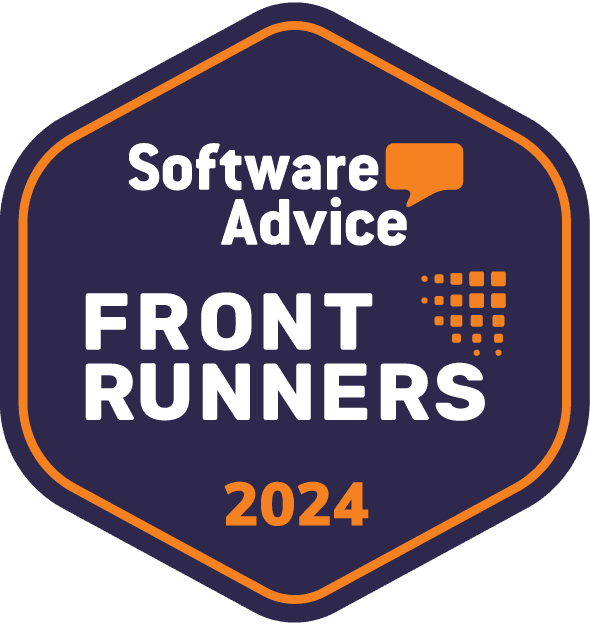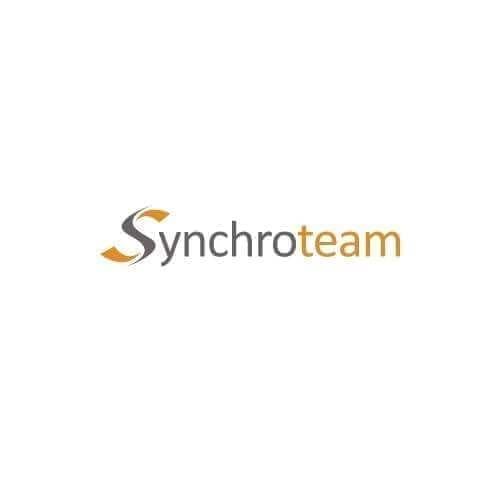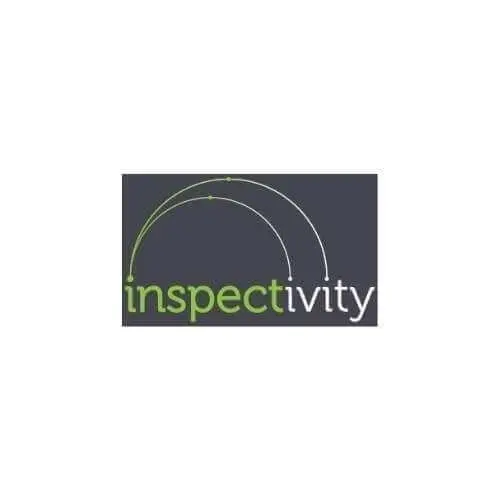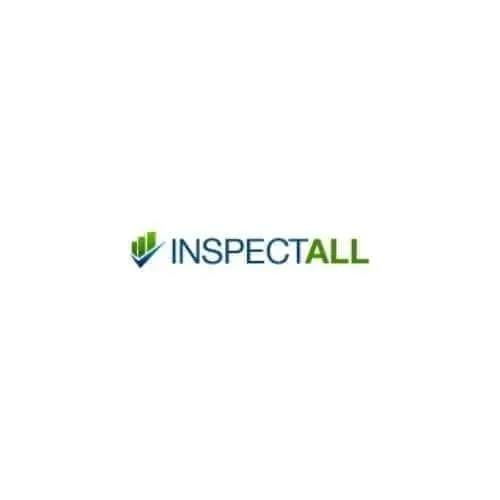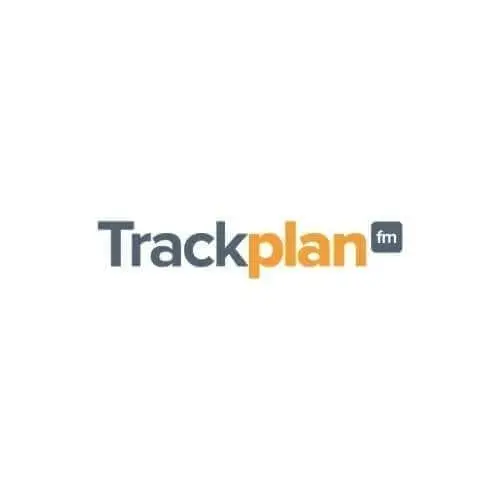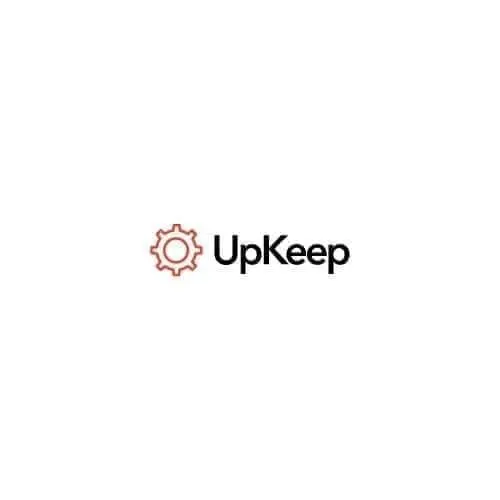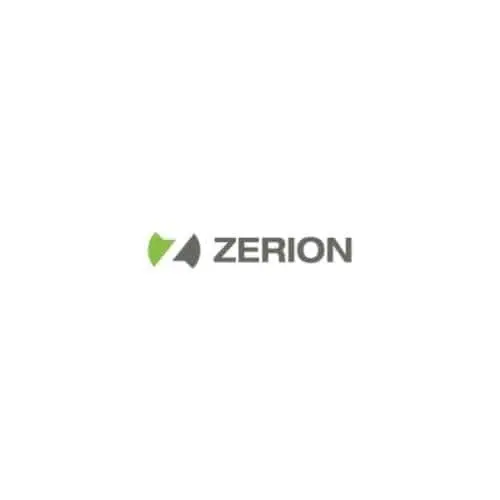- Free Version: Available for teams of up to 10
- Pricing: Premium plan $24/month (with free 30-day trial period)
- Platforms supported: Available on mobile app (iOS and Android) or a web-based software
Why use SafetyCulture?
SafetyCulture is the best overall inspection software because it’s easy to use and industry-agnostic. Any business can benefit from implementing SafetyCulture to improve operational efficiency. It won the Best Health & Safety App in the 2020 SaaS Awards and was featured in Capterra’s Top 20 Compliance Software of 2020.
Features:
✔ Smart
- Customize and manage response sets
- Select multiple responses for one question
- Use logic: if answer to first question is yes/no, ask another question
✔ Dynamic
- Integrate bluetooth thermometers with Temperature response type
- Input minimum and maximum values with Slider response type
- Other response types: Signature, Checkbox, Date & Time, Location
✔ Efficient
- Enable/disable scoring
- Set failed responses and assign corrective actions
- Make a response mandatory
Why use Synchroteam?
Synchroteam is best used for field service management and works great for businesses in HVAC, electrical, pest control, and plumbing. Highly rated for their customer service, Synchroteam’s employees are experts in integrating enterprise mobile solutions.
Features:
- Schedule, assign, and dispatch jobs
- Manage customer info in a unified database
- Convert field reports into invoices easily
- Free Version: Not available
- Pricing: Starts at $24/user/month
- Platforms supported: Web, iOS, and Android
Why use Inspectivity?
Inspectivity is best used for asset management and works great for businesses in the energy and resource sectors. Inspectivity’s primary clientele are engineers who use the platform as a support for the full project lifecycle. With its embedded asset intelligence, Inspectivity is also known for making a huge impact on productivity.
Features:
- Manage asset workflows
- Keep track of assets
- Spot and record defects
- Free Version: Not available
- Pricing: Starts at AU$120/user/month (with a 14-day free trial)
- Platforms supported: Web and Android
Why use Home Inspector Pro?
True to its name, Home Inspector Pro is best used for home inspections. Long-time users of Home Inspector Pro appreciate the company’s commitment to continuous improvement. Home Inspector Pro is also praised for their close attention to clients and the customizability of their software.
Features:
- Load contracts for each service
- Automatically invoice clients
- Finish reports while on-site
- Free Version: Not available
- Pricing: Starts at $74/month (with a 30-day free trial)
- Platforms supported: Web, iOS, and Android
Why use InspectAll?
InspectAll is best used for industrial audits and works great for businesses in construction and manufacturing. InspectAll is popular among service managers for increasing customer engagement with easy-to-read reports. Even high-level executives love InspectAll for saving time and adding value with streamlined processes and organized record keeping.
Features:
- Quickly catalog and track machinery
- Perform end of line assurance audits
- See risk and exposure for every account
- Free Version: Not available
- Pricing: $49.00/month (with a 14-day free trial)
- Platforms supported: Web, iOS, and Android
Why use Trackplan?
Trackplan is best used for facility management and works great for businesses in the hospitality industry. With fast implementation and powerful adaptability, Trackplan consistently gets 5-stars from users in the value-for-money rating. Trackplan was also the winner in the Innovation in Technology & Systems – Providers category of the Facilities Management Awards 2020.
Features:
- Create job requests via email for remote users or within the software
- Add unlimited sites with locations, sub-locations, documents, and photos
- Get job quotes from multiple contractors for smart procurement
- Free Version: Not available
- Pricing: Contact Trackplan for more info (with a 15-day free trial)
- Platforms supported: Web, iOS, and Android
Why use Onsight?
Onsight is an augmented reality platform built for enterprises in the aerospace and defense industries. Users admire the company’s dedication to providing a good overall experience. Optimized for difficult bandwidth environments, Onsight is the leading remote expert solution.
Features:
- Build a smart database of auto-tagged content for machine learning models
- Connect to IoT platforms in the field to display relevant data on screen
- Share live remote expert sessions with customers and suppliers
- Free Version: Not available
- Pricing: Contact Onsight for more info (with a 30-day free trial)
- Platforms supported: Web, iOS, and Android
Why use Upkeep?
Trusted by 200,000+ professionals, Upkeep is one of the top CMMS vendors around the world. Managers are impressed by how UpKeep has transformed their departments and teams. Highly rated for usability and effectiveness, UpKeep was also featured in Capterra’s Top 20 Work Order Software of 2020.
Features:
- View stock count for parts and supplies
- Track parts used, costs, and wrench time
- Extract data and insights about work orders
- Free Version: Available
- Pricing: Starts $45/month per user (with a 7-day free trial)
- Platforms supported: Web, iOS, and Android
Why use Whip Around?
Known for their speed and flexibility, Whip Around is the go-to software for fleet maintenance. Built for vehicle operators, Whip Around works great with businesses in the transport industry. Whip Around gives users the ultimate control through mileage tracking.
Features:
- Schedule preventative maintenance
- Keep a centralized record of service work
- Send mechanics grouped faults to save time
- Free Version: Available
- Pricing: Starts at $5/vehicle per month
- Platforms supported: Web, iOS, and Android
Why use Zerion?
Zerion is best used for data collection and works great with engineering, healthcare, and development organizations. Users love their offline capabilities and simple data structure. As a mobile data solution, Zerion strives to minimize human effort and maximize results.
Features:
- Protect your data with encryption
- Use JavaScript-enabled formulas
- Customize with different elements
- Free Version: Not available
- Pricing: Starts at $12.50/user per month (with a 30-day free trial)
- Platforms supported: Web, iOS, and Android
What is Inspection Software?
An inspection software is a digital platform designed for examining daily tasks and issues. It aims to simplify and improve the way working teams do inspections. Organizations use inspection software mostly for managing safety, quality, and overall operations. Working teams are able to create and share forms or checklists across the organization using inspection software.
Unlike old and traditional paper-based systems, inspection software allows for seamless data visualization. By seeing the bigger picture, inspection software users are able to spot problems early and take the necessary steps to address them before they affect revenue. Beyond loss prevention, inspection software helps companies analyze the effectiveness of their processes through automatically generated reports.
It would be an understatement to say that 2024 is the year of change. But what hasn’t changed is the need for smart, dynamic, and efficient inspection software. With the global pandemic, businesses have had to reevaluate their priorities and even shift business strategies. Though it’s easy to get lost in the chaos, 2024 can still be the year of growth.
How Different Industries Use Inspection Software
Inspection software is used across different industries to get the job done. Some common industries that are taking advantage of inspection software’s capabilities are manufacturing, construction, automotive, facility management, and food. These five major industries achieve optimal performance through regular inspections that are made more efficient with the use of inspection software.
Manufacturing
The manufacturing industry prepares for the future of work by using inspection software as a digital tool. In 2018, there were 12.8 million manufacturing employees in the United States. However, the widening skills gap could leave 2.4 million positions vacant. Manufacturers can close the skills gap and prepare their employees for the future of work by training them to use inspection software. By using inspection software as the bridge between people and technology, manufacturers can keep and hire more workers while still adapting to changes in the industry. Aside from closing the skills gap, manufacturers must also adapt to industry changes in design, process, and materials. Inspection software will help them achieve this through scheduled recurring inspections for efficient product verification.
Construction
Fire and safety issues, plumbing problems, and pest infestation are just some of the problems the construction industry faces. According to a survey from Porch, 86% of buyers who used a home inspection said that their inspector identified at least one problem that should be addressed. Inspection software helps inspectors raise issues immediately with live data and collaborate with contractors in creating corrective actions.
Automotive
With almost 92 million units produced in 2019, the automotive industry is projected to sell 62 million units in 2020. Though China is the world’s largest producer and consumer of cars, almost all countries require regular vehicle inspections. Through ready-made inspection templates, inspection software can help the automotive industry comply with each country’s requirements. Statistics from Traficom report that 20% of 3-15 year old cars failed such inspections in 2018. With inspection software, the automotive industry can use insights and analytics in improving overall quality control.
Facility Management
According to the National Fire Protection Association (NFPA), structural fires caused $12.3 billion worth of property damage in 2019. With a global market size of $1.15 trillion trillion, the facility management industry maintains the safety of their buildings by using inspection software to conduct convenient mobile inspections. Aside from maintenance, facility managers also arrange building inspections requested by municipalities and coordinate with specialized inspectors. Inspection software minimizes miscommunication between them by integrating both roles into a single interactive system.
Food
With the current emphasis on disease prevention, food safety has never been more important. Though world food retail sales generate over 4 trillion dollars per year, the World Health Organization estimates that 600 million people fall ill after eating contaminated food. Restaurants can improve their risk analysis by using sensor-connected inspection software to collect critical information on hazards. Inspection software can also help the food industry respond to evolving COVID-19 restrictions through customizable inspection forms.
What to Look for in Inspection Software
Choosing the best inspection software involves a number of factors. For example, an organization’s budget for inspection software might disqualify the more expensive ones or the organization’s industry might tip the scales in favor of one built specifically for that industry. Their customers and branding might also affect the type of inspection software they choose since this would be an extension of the organization. In any case, inspection software should have four basic qualities.
Inspection software should be easy to use
What level of usability is the organization aiming for? Getting frustrated by complicated applications and processes should be the last thing to worry about. Even if the company buys the most advanced inspection software in the market, if employees don’t like using it, they probably won’t.
Inspection software should adapt to your needs
Is the organization big or small? Inspection software should be able to grow with the business and not hinder expansion. It should also be designed for cross-industry use, especially in these changing times.
Inspection software should be mobile
Smartphones, tablets, and other mobile devices have come a long way, going beyond simple two-way communication to being a mini-computer in your pocket. You can leverage this technological advancement by using inspection software to optimize your processes. However, keep in mind that not all apps are created equal. There is a difference between having an app just for the sake of it and having an app to empower users to take action.
Inspection software should look good
How much value does the organization place on design and aesthetics? Though some people may say that data speaks for itself, the truth is that people like pretty things, even when it comes to the visualization of their data. Inspection software should encourage people to conduct inspections on a regular basis, and an intuitive interface goes a long way.



